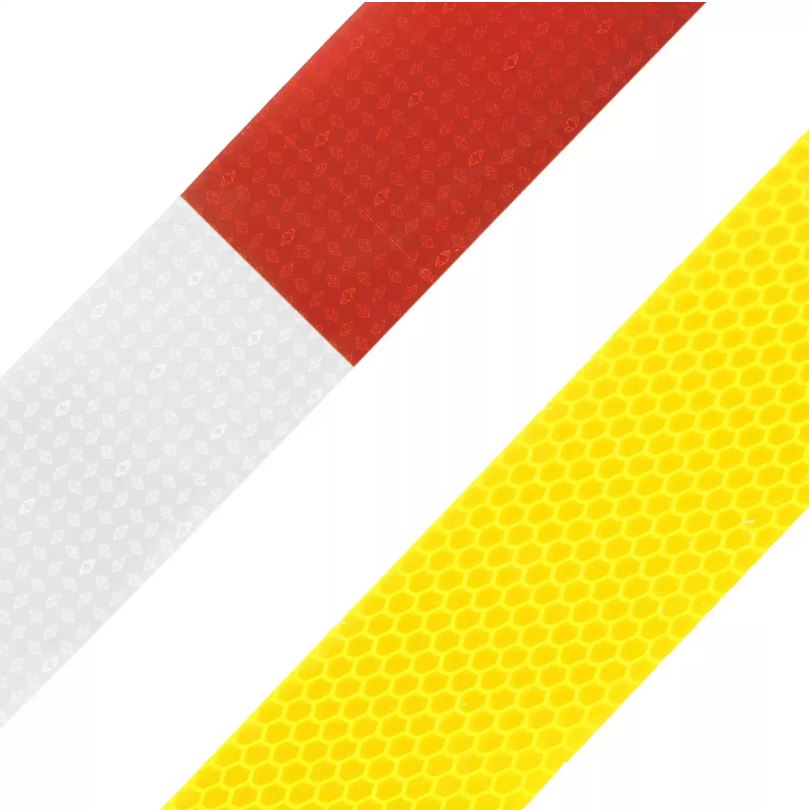US Dot Swing Barrier Gates

While swing barrier gates are great options for places that require a manual gate to open and close for entry, if used on a major roadway, the Department of Transportation has strict laws that must be followed. The Federal Highway Administration (FHWA) has created a manual that outlines all safety precautions called the Uniform Traffic Control Devices (MUTCD).
FHWA Regulations For Swing Barrier Gates
Retroreflectorized Swing Gates
The most critical specification is attaching retroreflectorized stripes on both sides of the gate. These safety tape stripes must alternate between red and white at 16-inch intervals. One exception is when a swing gate is used on a one-way roadway or ramp. In this case, no retroreflectorized stripes are needed on the side that does not face traffic.
Basic Standards For Swing Gates
Other specifications in the manual state that the gate arm must go across the lane it attempts to block traffic in. It’s essential to measure the roadway to make sure your gate size is large enough to block either vehicles or, in some cases, pedestrians.
Specifications For Red Lights Attached To Swing Gates
If a red light is attached to the gate, the red light needs to be on or flash when the gate is closed. If your gate is opening or closing, these lights should also be turned on during this time.
What If Rolling Sections Of Fence Are Added?
When rolling fence sections are used, retroreflectorized stripes should also be included at 16-inch intervals. These should be applied to mimic the look of a gate arm.
Swing Gate Installation Tips
Before installing a gate on boisterous roadways, read the manual carefully to verify that all the outlined standards are followed. If your gate is not visible, you will not only refuse to be regulation ready, but you will provide additional visibility hazards on the roadway. Safety tape kits are readily available and will ensure your gate is seen from far away.
DOT Approved Safety Tape KitsMUTCD Manual
